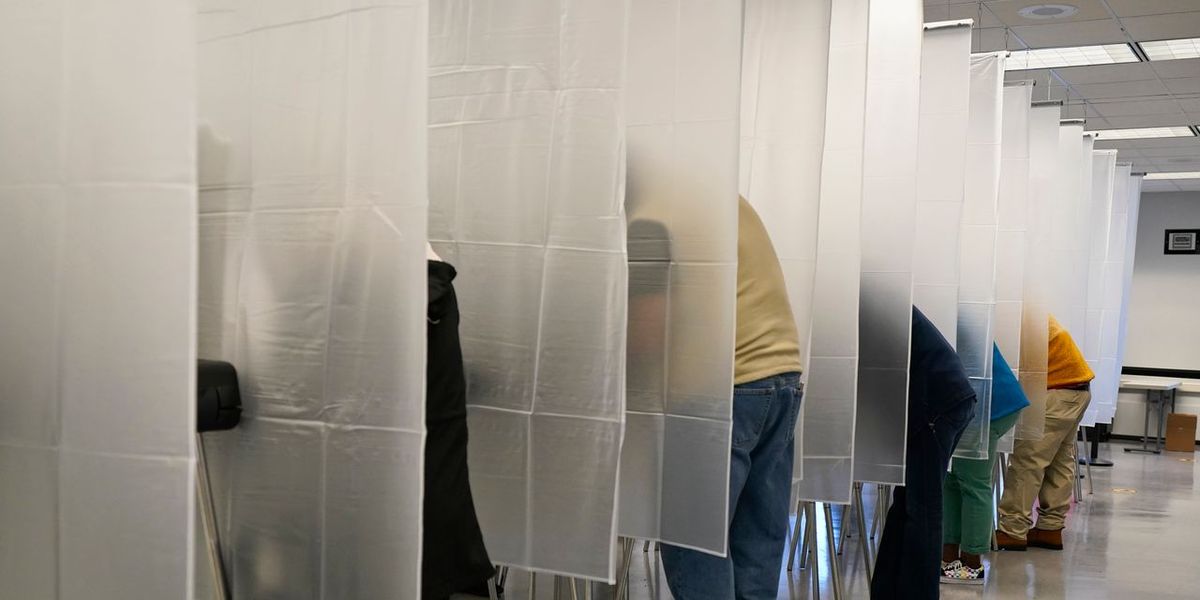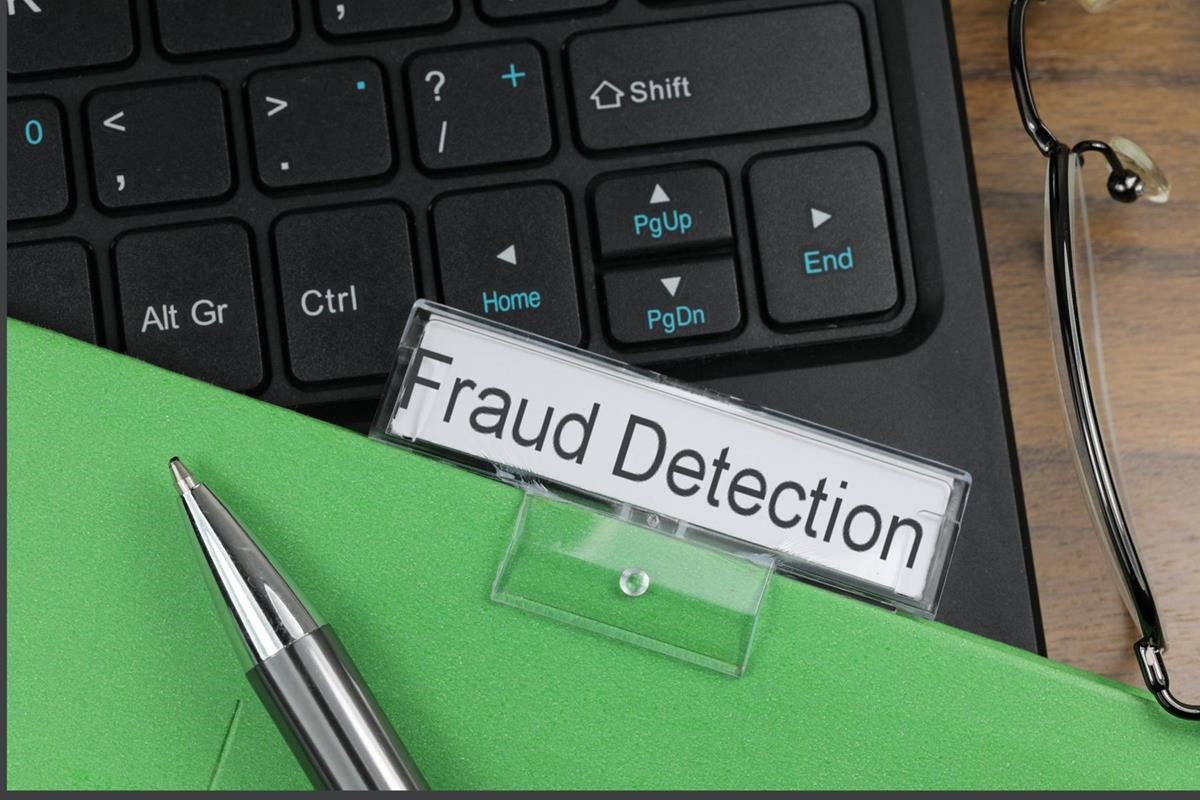As Ugandans prepare for elections, remember that the integrity of an election is no longer guaranteed by ballot boxes or transparent counting. It is guaranteed by secure data. Modern elections are information systems disguised as civic events. Every stage, from voter registration to results transmission, relies on digital infrastructure that can be corrupted long before a single vote is cast.
The real battlefield is data integrity
Every democracy stands on a digital skeleton: databases, networks, and authentication systems. If any bone is weak, the entire process collapses. A compromised voter register could silently disqualify some genuine voters.
A hijacked transmission channel alters perception before verification. Compromised election results transmission could lead to unrest, are inaccurate results manipulated through hacking could be announced, thereby leading to false expectations.
Cybersecurity, therefore, is not a technical add-on; it is the architecture of trust. The threats are systemic, not spectacular. In Uganda and across emerging democracies, the danger is not hackers in hoodies. It is insiders with access, temporary staff without training, and contractors using unsecured devices.
When election data travels through flash drives, email attachments, or third-party servers, the opportunity for manipulation is constant.
Cybersecurity provides the discipline, access control, encryption, and audit logs that ensure no one can quietly rewrite history.
The fact is, cybersecurity equals credibility. An election’s legitimacy depends on evidence. When logs are immutable, every change has a signature. When databases are hashed and verified, every dataset can be proven authentic. When access requires multifactor authentication, insiders can no longer act invisibly.
Cybersecurity converts process into proof. Without it, all that remains is faith.
How to build resilience to prevent a crisis.
Cybersecurity for elections is not about responding to hacks; it is about preventing suspicion. This can be achieved through:
a) Voter data governance. This is the foundation of election integrity. It ensures that every citizen’s record is collected, stored, and maintained without alteration or loss.
The first step is secure capture. During registration, data should be collected using tamper-proof devices connected to a secure network, not through shared laptops or unprotected USB drives.
For example, if a registration officer in Gulu uses a tablet to capture details, the data should immediately encrypt and sync to a secure central server, not sit on the device overnight. This prevents local tampering and accidental leaks.
The second step is encrypted storage. Every record in the voter database must be encrypted both “at rest” (when stored) and “in transit” (when being transferred). Think of encryption as locking every voter’s file in a digital safe.
Even if a backup drive is stolen, the data is unreadable without the correct key. In practice, this means using tools like AES-256 encryption for stored files and HTTPS/TLS connections for any transfer.
The third step is verified backups. Regular backups protect against system failure or deliberate sabotage. But backups must themselves be verified. It’s not enough to say “we back up.” Each backup should be checked for completeness, encrypted, and stored off-site, say, one copy in a government data centre and another in a disaster recovery facility in a different district. A simple checksum or hash comparison between the main and backup data ensures nothing has been quietly altered.
b) Access management,role-based rights, session timeouts, and real-time monitoring
Access control determines who can do what, when, and how. The weakest system is the one where everyone can access everything.
A good system has role-based rights. Each user, whether data clerk, supervisor, or IT administrator, must have access only to what they need. For instance, a district officer can update records for their district but cannot edit national data. Similarly, a helpdesk agent can view but not modify records. Role segregation prevents one insider from quietly manipulating entries without oversight.
It also enforces session timeouts. Idle sessions are silent backdoors. If an officer logs in to the voter database and walks away, anyone passing by can make changes. Automatic session timeouts after 10–15 minutes of inactivity, combined with two-factor re-authentication, stop such unauthorized activity. It’s a simple discipline that saves millions in potential disputes.
And above all, it enables real-time monitoring. Modern systems should record every access attempt, who logged in, from where, and what they changed. A monitoring dashboard can flag anomalies: e.g., “User X logged in at midnight from a different region.” Automated alerts to supervisors ensure accountability before damage spreads.
A free election is one where no citizen is digitally excluded. A fair election is one where every data change is provable. When systems are tamper-evident, even disagreement cannot erode confidence. The absence of cybersecurity is the new form of disenfranchisement, quiet, technical, and irreversible. And as a Ugandan, I am happy for the voter registration campaigns that the government has been driving to get every citizen to participate in the next election. Bravo.
c) Transmission integrity, end-to-end encryption, and public verification hashes for results
When election results or register data move between systems, from polling centres to tally servers, integrity is everything. Two steps help achieve that:
First, end-to-end encryption. Every transmission of results should travel in a secure, encrypted channel from origin to destination. Imagine each results file sealed in a digital envelope that only the official server can open.
Even if the data passes through telecom networks or the internet, no one can read or alter it without detection. Using VPN tunnels or SSL/TLS ensures that what leaves a polling centre arrives unaltered at headquarters.
Second, public verification hashes. Transparency builds trust. A hash is like a fingerprint for a file; if even one number changes, the fingerprint changes. By publishing verification hashes of official results or voter registers, the public and observers can confirm that the data they receive matches the authentic version. For instance, if a district tally sheet has a hash value “A9F3C…”, anyone can check that value against the published one to verify authenticity. This removes speculation and lets evidence speak.
d) Incident response, pre-agreed protocol, and cross-party oversight for any anomaly
No system is perfect. What matters is how you respond when something looks wrong. It is good practice to:
One, put in place pre-agreed protocols. Before the election, all stakeholders, the electoral body, political parties, telecom providers, and civil society should agree on what happens when a data anomaly is detected.
For example: who gets notified, how the issue is investigated, and what evidence must be preserved. This prevents panic or blame when a technical glitch occurs. E.g., it should be a crime for any unauthorized entity to declare results. What happens if someone did it? What happens if someone is found to have intercepted election results in transmission? A sample protocol:
Step 1: Log and freeze the affected data.
Step 2: Notify the oversight team within one hour.
Step 3: Conduct forensic verification using audit logs.
Step 4: Issue a public update within a set timeframe.
Credibility grows when no single group investigates itself. A multi-stakeholder oversight team, including representatives from different parties, IT experts, and observers, should supervise the investigation of incidents.
Their role is not to accuse but to confirm facts. For example, if a data mismatch appears between two servers, the team can jointly review logs, confirm the root cause (say, a delayed sync), and agree on corrective action.
Cross-party monitoring, combined with technical transparency, turns suspicion into accountability, ensuring that cybersecurity reinforces, not undermines, democracy.
The strategic imperative.
Elections without cybersecurity are like banks without locks. They may operate, but no one will trust them. Electoral commissions, telecom operators, and technology vendors must treat the election as critical national infrastructure, not a seasonal project. Every register, server, and API must withstand audit-level scrutiny.
Democracy survives on data integrity. Protect it like national currency, because, in the digital era, it is.
Copyright IFIS 2025. All rights reserved.
Join us at the 4th Cybersecurity & Risk Management Conference 2025 and be part of Uganda’s frontline defense against the silent digital war.
This year’s theme is “Securing the Future: AI-Driven Cybersecurity and Risk Management”, will bring together regulators, CEOs, auditors, IT leaders, and investigators to uncover the new realities of cyber risk, insider collusion, and AI-powered attacks reshaping our economy.
Date: Thursday, 16th October 2025, starting at 8:00 am.
Venue: Speke Resort, Munyonyo
Do not wait for the next breach to teach your organization a lesson. Be in the room where Uganda’s cybersecurity future is being defined.
Register now at https://event.forensicsinstitute.org.
Seats are limited; secure yours today. Email: deborah@forensicsinstitute.org





